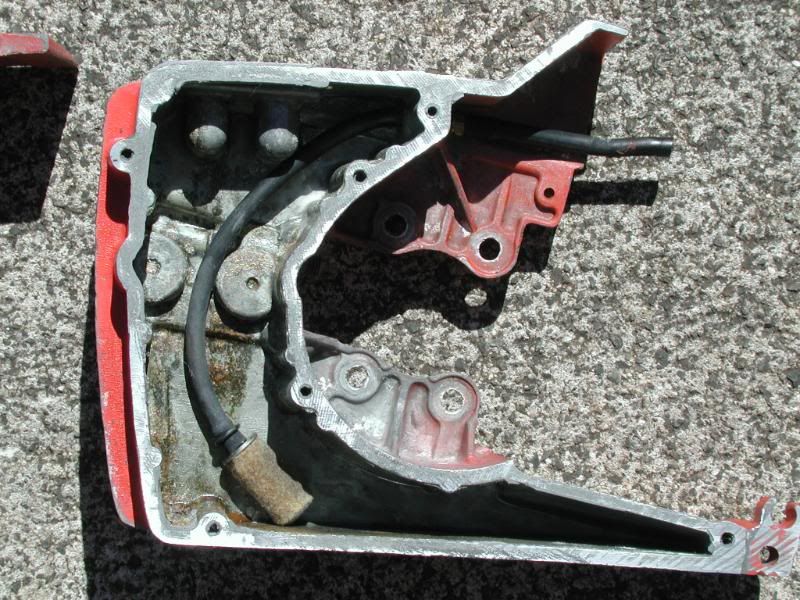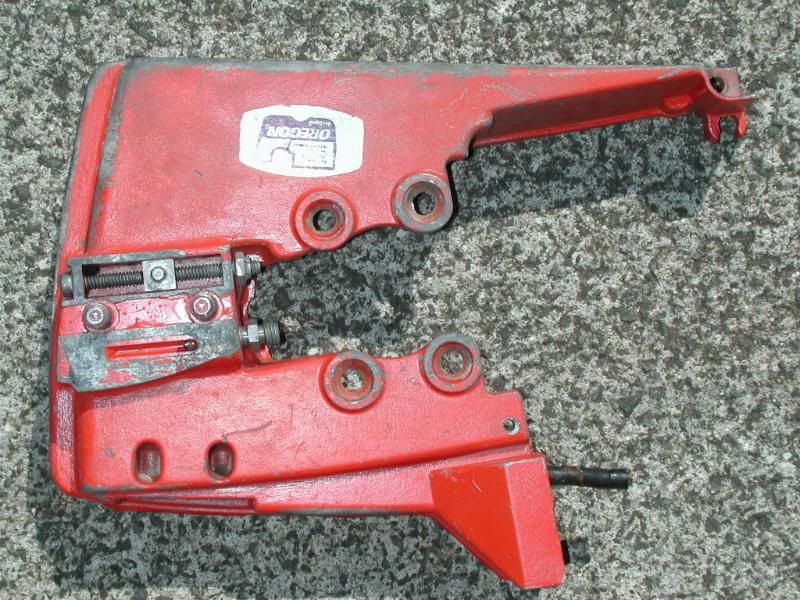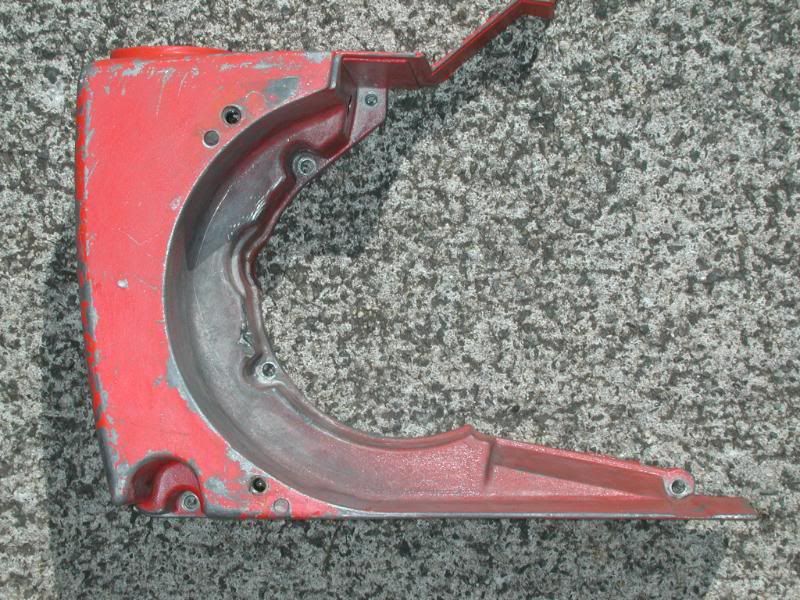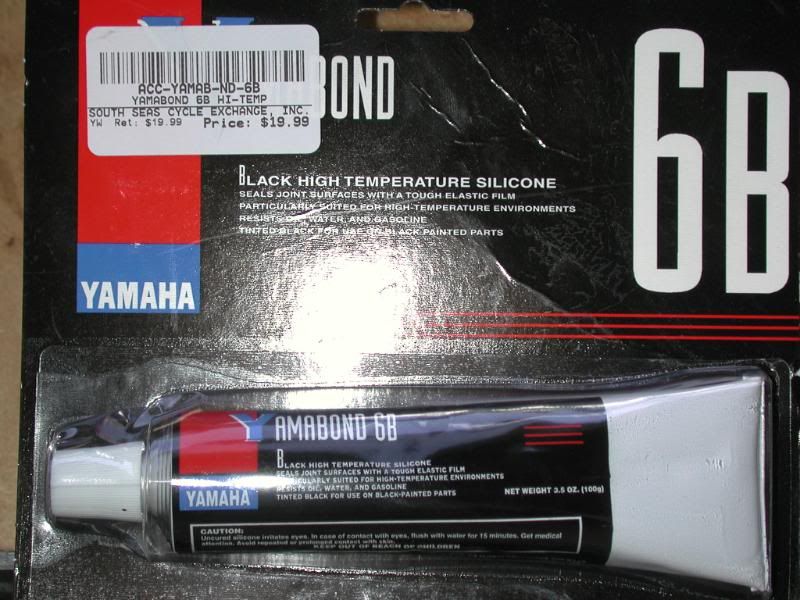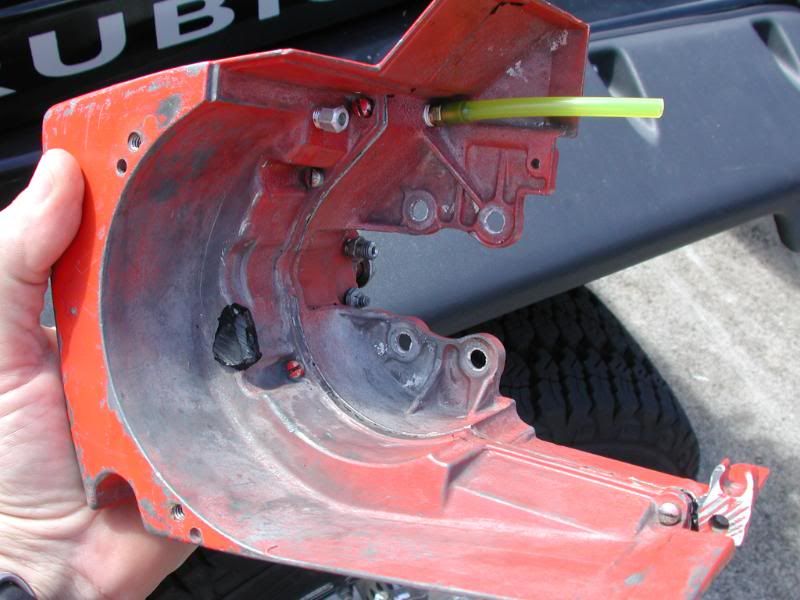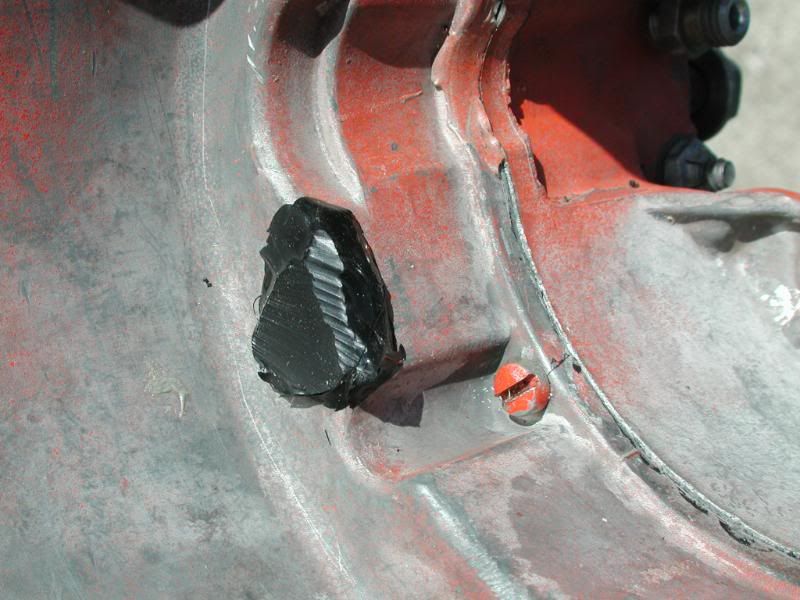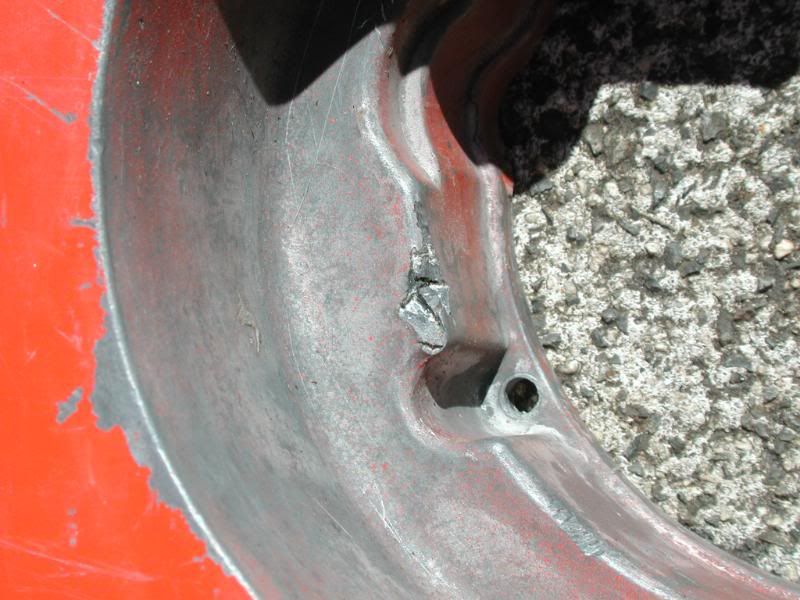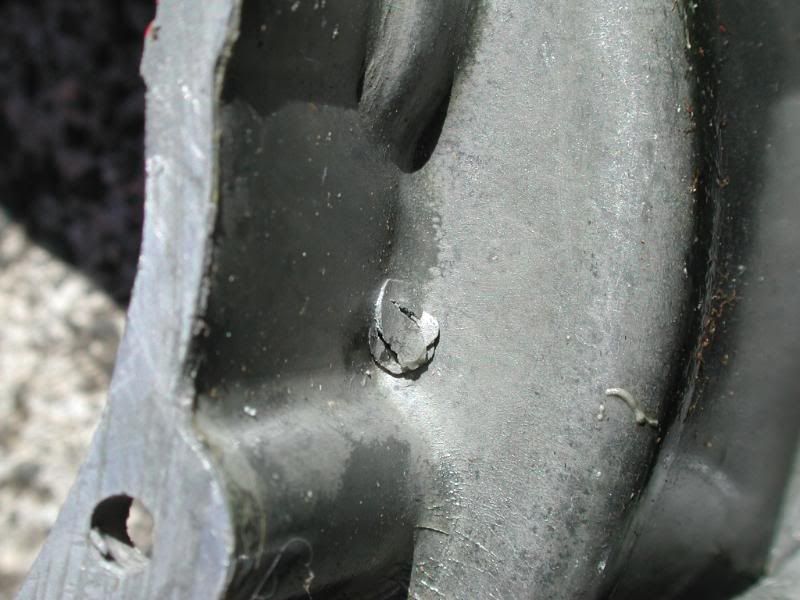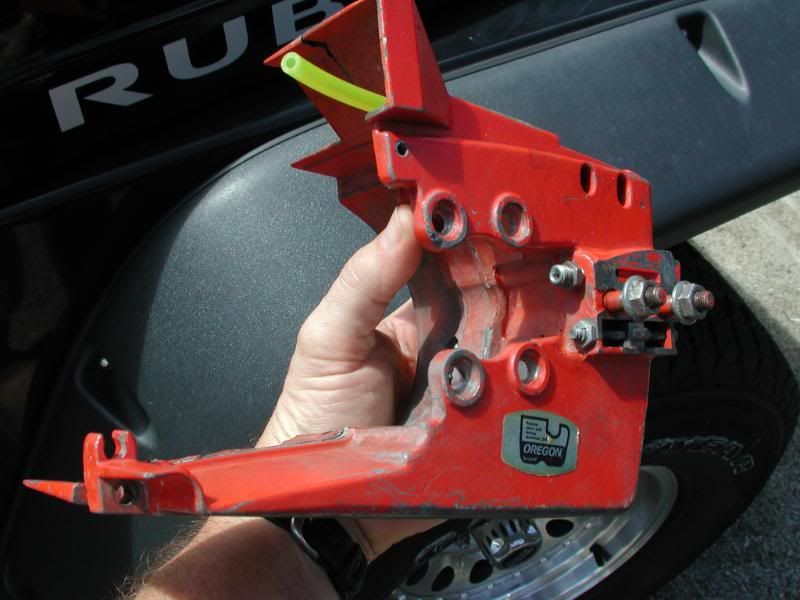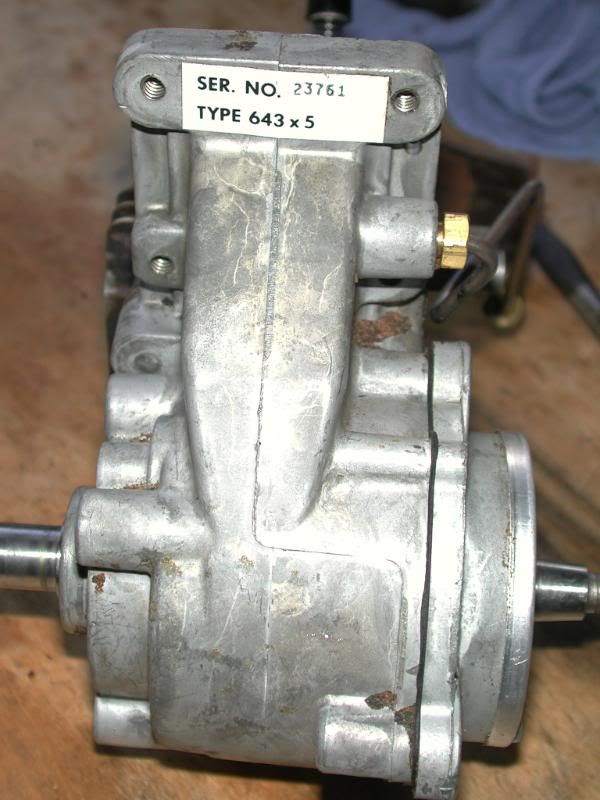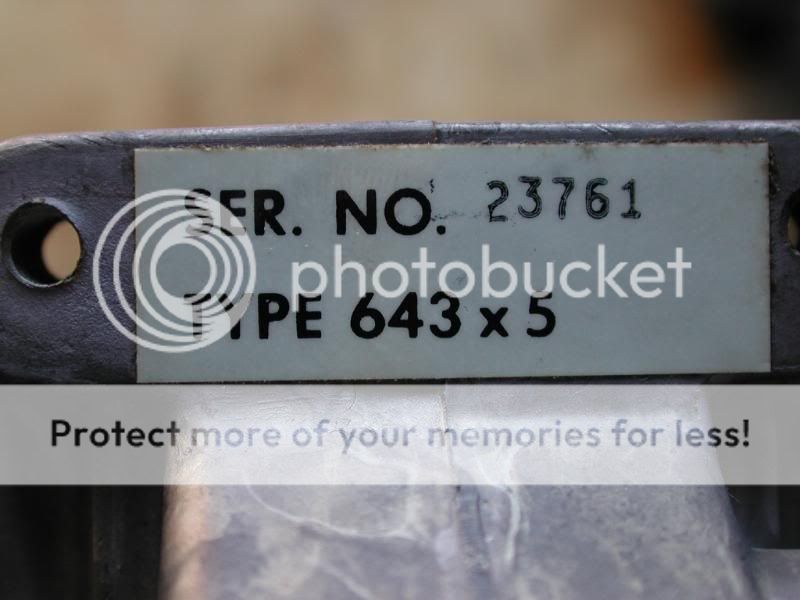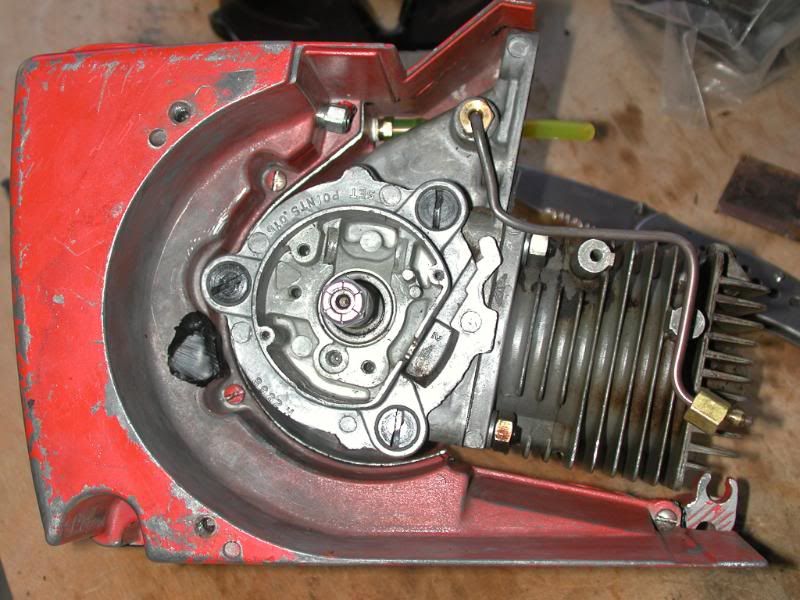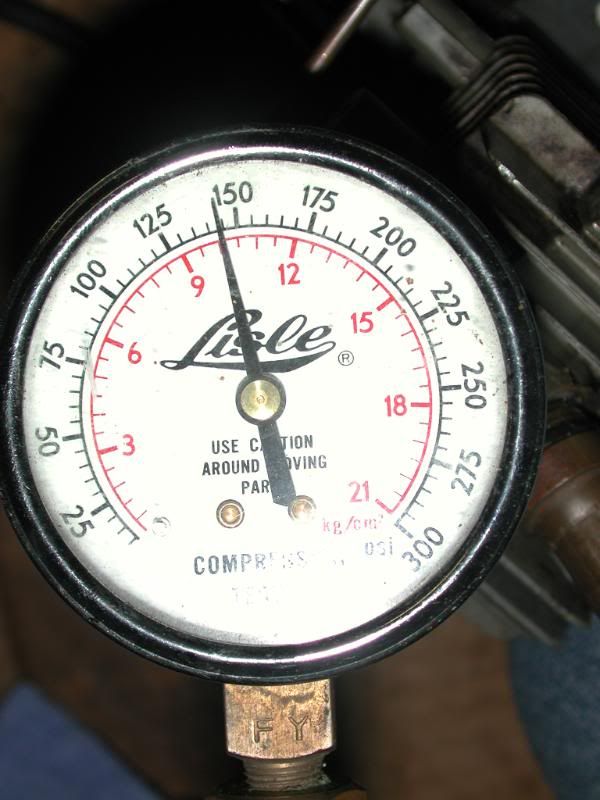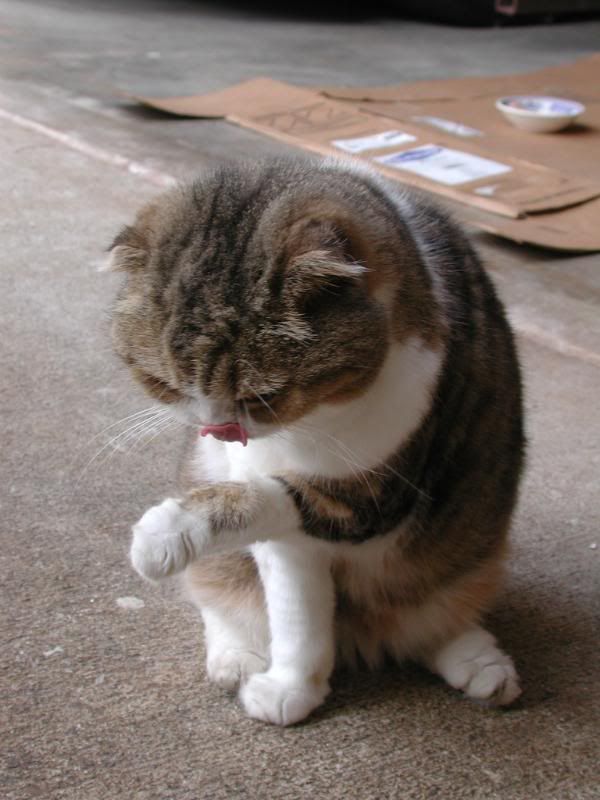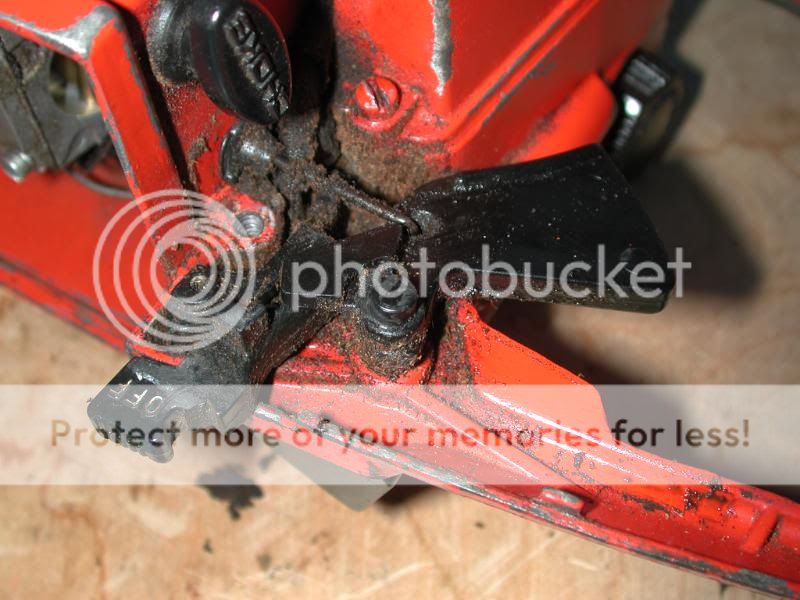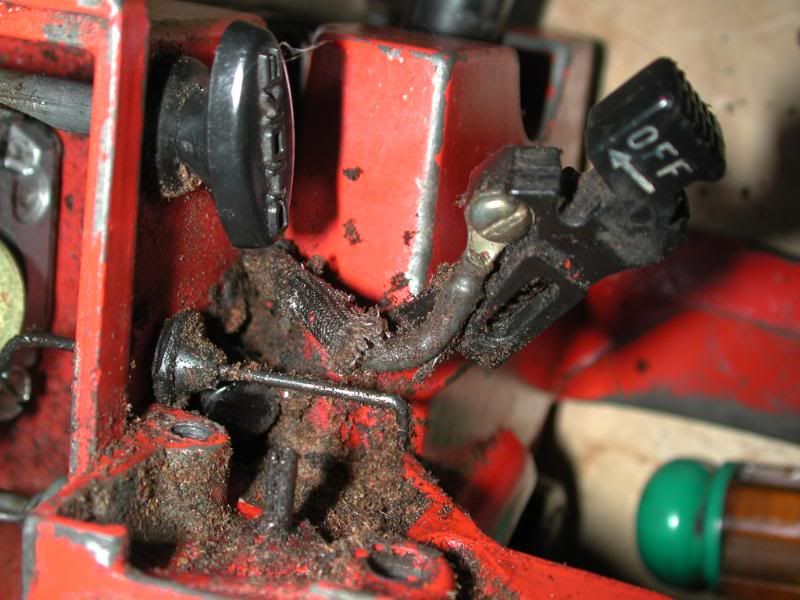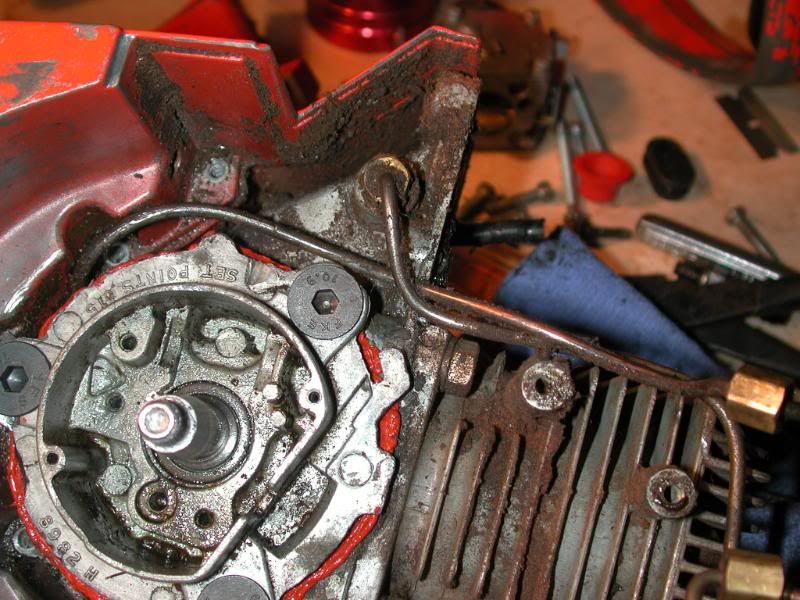Opihi59
ArboristSite Operative
So I've been ruminating about the ring choice for my rebuild. 67L36Driver has been very helpful with PMs and suggestions on this. When I set my original rings in the cylinder bore to measure end gap, it is 0.090" Huge gap. The closest ring to my original ring with slots cut for my locator pins is 46mm X 1.5mm My theory is since there is a 47mm X 1.5 mm ring, then I get a pair of those and file the ends down and cut pin notches so I can get around 0.005 end gap or less to improve compression. If I were to go with the 46mm I'd still have a huge ring gap. You can't cut a board longer so to speak, so start with a .0394" larger diameter (47mm) and file the ends of that until I get the end gap I want by testing it in the cylinder bore, then cut my pin notches. Certainly would like to invite thoughts on that before I order a pair. Remember that this saw has 2 rings.
On another note, the non-runner Roper I bought from Craigslist to be a parts saw, that I then decided to repair got used yesterday to drop 5 more Ironwoods, and then cut up all of the previously downed 11 trees we had laying about into manageable sections. Ended up bringing down 2 I hadn't planned on since they had dead tops in them and were hazardous. The Roper screamed thru them but of course now I have 3 dull loops of chain that need help. It has only 110psi compression though and once the orig saw is restored with new rings and seals (Grrrrrrrrrr, seals........hard time finding what I want) I'll tear apart this other saw and do the same to it. We also used a Poulan 2050 14" to bump knots, and cut some sections and it did very well. I got my 2 oldest Scouts into cutting downed sections with the saws and they did very well. Note that these 2 oldest Scouts happen to be carrying my DNA, and I wouldn't allow someone else's kid to use a chainsaw unless the parent was the direct supervisor. We likely have another day of work to finish off this particular Eagle Scout project, but in my life of Scouting and 13 years as a Troop leader this was likely the best project we've done.
On another note, the non-runner Roper I bought from Craigslist to be a parts saw, that I then decided to repair got used yesterday to drop 5 more Ironwoods, and then cut up all of the previously downed 11 trees we had laying about into manageable sections. Ended up bringing down 2 I hadn't planned on since they had dead tops in them and were hazardous. The Roper screamed thru them but of course now I have 3 dull loops of chain that need help. It has only 110psi compression though and once the orig saw is restored with new rings and seals (Grrrrrrrrrr, seals........hard time finding what I want) I'll tear apart this other saw and do the same to it. We also used a Poulan 2050 14" to bump knots, and cut some sections and it did very well. I got my 2 oldest Scouts into cutting downed sections with the saws and they did very well. Note that these 2 oldest Scouts happen to be carrying my DNA, and I wouldn't allow someone else's kid to use a chainsaw unless the parent was the direct supervisor. We likely have another day of work to finish off this particular Eagle Scout project, but in my life of Scouting and 13 years as a Troop leader this was likely the best project we've done.





